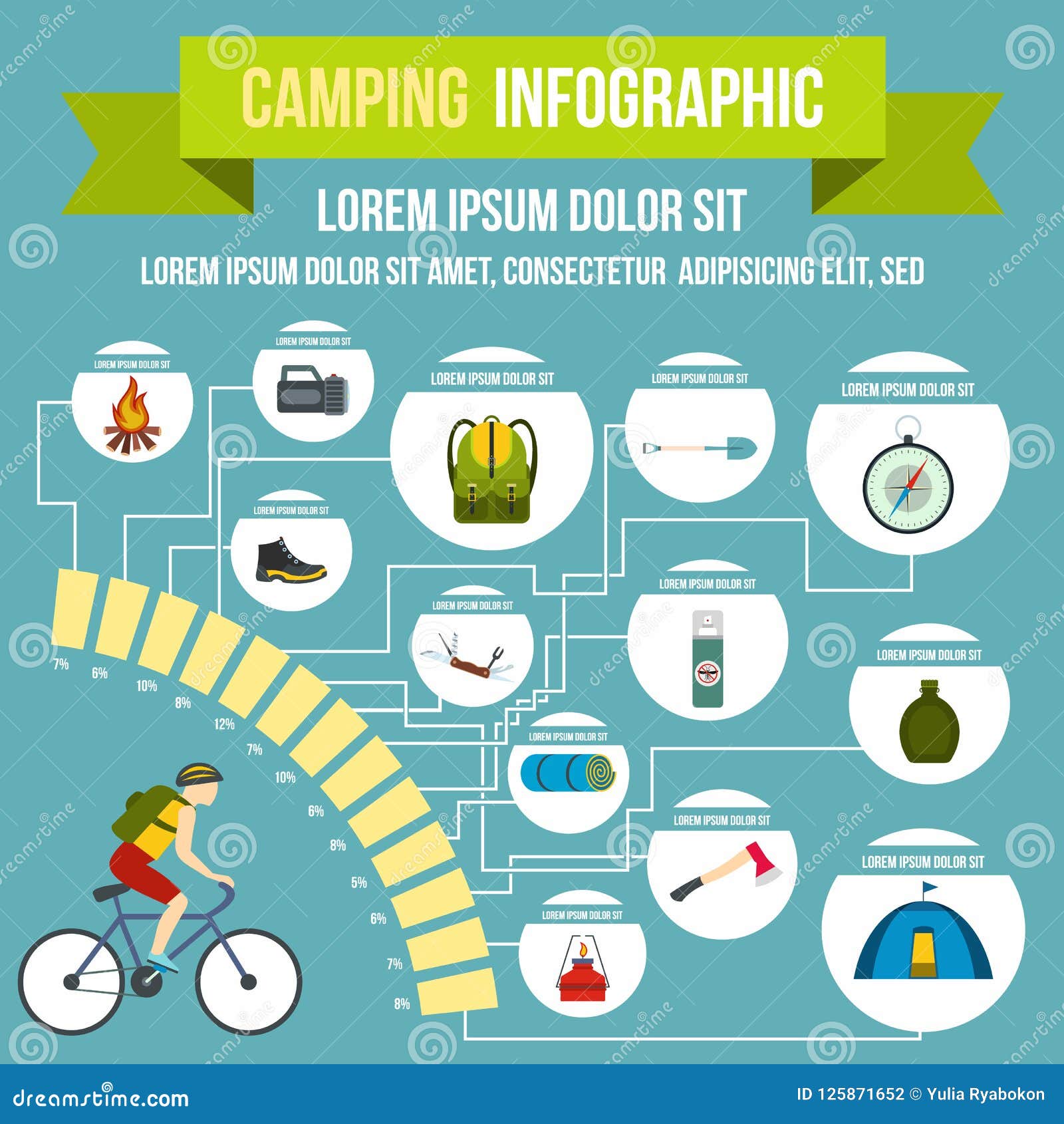The Grip Drawback is a straightforward and safe method to set outdoor tents person lines. It's also a fantastic technique for backing out a persistent camping tent peg. It can additionally be utilized to develop a flexible tarpaulin individual line where the change is made at the tent/tarp end. It's useful in high winds as it doesn't slip.
1. Bowline
Bowline is a knot that makes a loophole at one end of a rope. It's easy to connect and unknot, and it withstands obstructing quite well.
It's likewise a great knot to utilize for joining two lines with each other, although it's normally recommended that you make use of a different method (such as a sheet bend or square knot) for this objective, to prevent having the two separate bowlines wear against each other over time and weaken the line.
One possible problem with bowlines is that they can easily jam or bind if the functioning end is inaccurately travelled through the bunny opening. A number of vital failures have been reported as a result of this, especially when used in climbing up applications. To assist avoid this from occurring, you can make a left-handed bowline by passing the end around the standing part of the loop instead of via it, as received the computer animation listed below. This variation apparently carries out much better and withstands ring tension (a distending pressure used either side of the knot) better than the standard bowline.
2. Grasp Hitch
Using these gripping drawbacks to protect your man lines helps you stay clear of the trouble of your line jamming while changing or tightening them. They are also helpful when affixing a line to a things that is more challenging to reach than your standing end, such as a tree or huge support item.
The Grip Drawback is a friction knot that can be easily changed up or down the line while slack however holds firm under load. It serves for tensioning ridgelines or person lines and for camping applications to protect military tent tarps or outdoors tents.
To connect the Grip Drawback, pass the working end around the standing component two times and tuck it under itself. To tighten up, pull on the working end to produce a bight and after that use the bight to safeguard the knot to itself. For added security, you can cover the working end around the standing part 3 times to enhance friction and protect against the hitch from sliding under tons.
3. Midshipman's Hitch
Additionally referred to as the Taut Line Hitch (ABOK # 1856, p 310), Flexible Hitch, or Rigger's Hitch this knot produces an adjustable loophole at the end of a rope that can be slid backwards and forwards the standing end however still holds tightly when tightened up. It is also very easy to untie while under lots.
Ashley suggests this knot for a tent person line because unlike the bowline it can be linked while under tons and is much less prone to turning. It also forms an intermediate Awning Drawback that can take the preliminary tons while connecting the final Half Hitch
To use this knot cover the functioning end around a things such as a post or cleat. Following pass it back towards the object via the initial Fifty percent Drawback creating a second Awning Drawback. Lastly coating tying the last Half Drawback and pull hard to outfit and tighten. For added safety and security cover a second Midshipman's Hitch on top of the initial.
4. Adjustable Grasp Hitch.
The Adjustable Hold Drawback, likewise called the Crawley Adjustable Hitch and the Adjustable Loophole Knot, is a rubbing hitch that can be conveniently shifted up or down a line with slack however holds firm under lots. It is frequently made use of for changing outdoor tents ridge lines or tarps around camp.
This slide-and-grip knot supplies good hold and is less complicated to connect than the Tautline Drawback or Midshipman's Hitch, however should not be used for essential applications because it might slide when shock packed. It can be improved by including extra beginning turns to enhance the "hold" and rubbing in slippery materials.
To connect this rubbing drawback, pass the working end around the item, then cover it back alongside itself and put completion under the 2nd turn. Draw the working end to tighten the knot.
